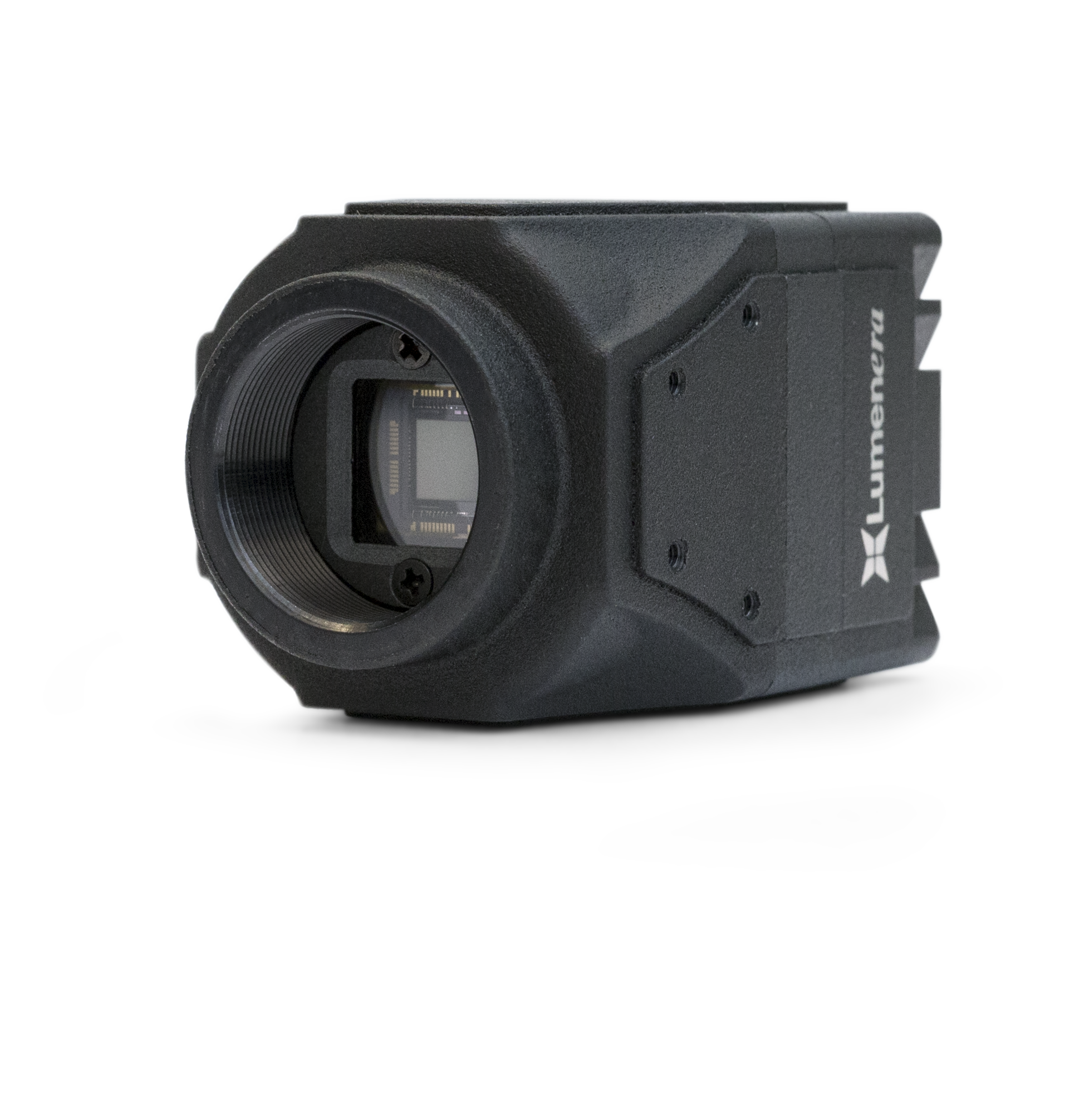Lumenera Blog - Products
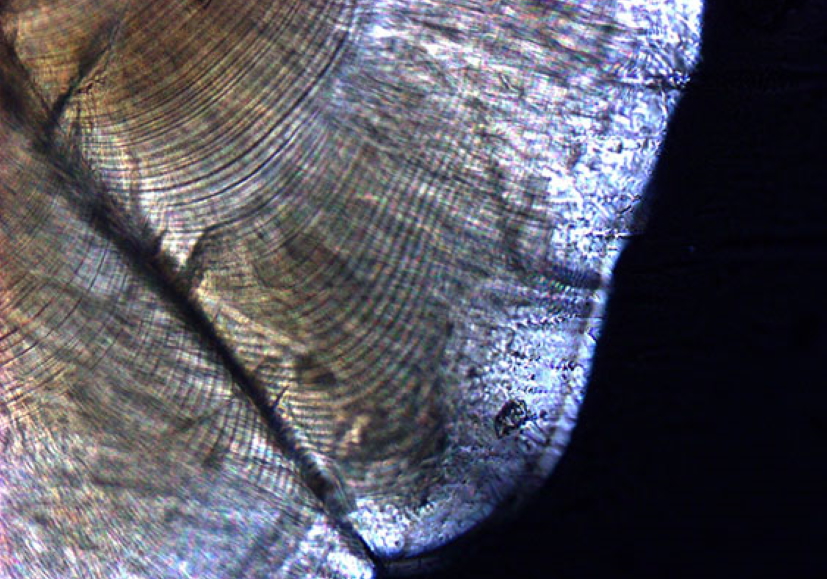
Analyzing Fish Scales Through Microscopy to Determine Aquatic Health
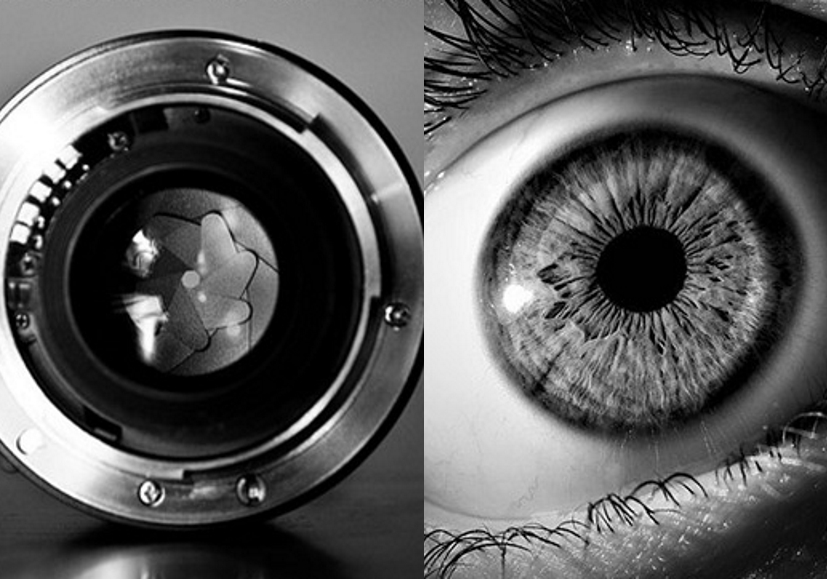
Improving Imaging System Performance with Lens Aperture Optimization
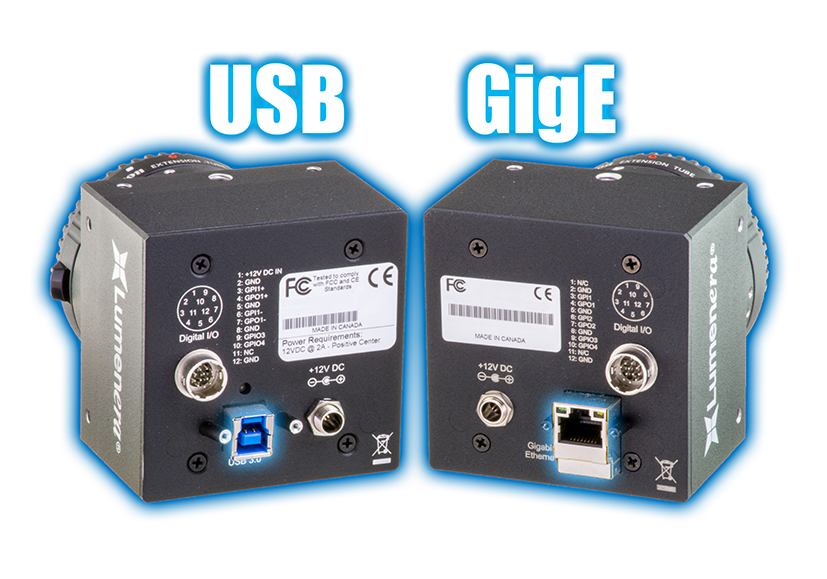
USB and GigE: The Evolution of Camera Interfaces for Imaging Systems

Sensitivity vs. Frame Rate in Low Light Imaging
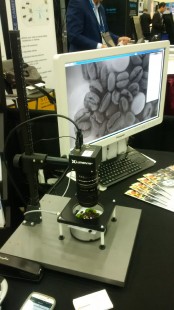
Using NIR for Inspection Applications
This week, Lumenera is at the SPIE Defense + Commercial Sensing show demonstrating our Lt16059HM, a USB 3.0 industrial grade 16 MP CCD large format monochrome camera with Canon lens and a visible light blocking filter. Using an 850 nm NIR light ring we will be demonstrating how the camera can help differentiate organic vs inorganic matter in inspection applications. The detail and sensitivity at this wavelength is a result of our superior camera design that does not contain infrared filters, anti-aliasing filters or data altering firmware commonly found consumer camera systems.

The Best of Both Worlds: Sony’s New CMOS Sensors
Sony has recently introduced their latest global shutter CMOS sensors that are capable of producing CCD-like performance. Historically, CCD sensors have been known to be far superior to CMOS technology, boasting higher dynamic range, higher pixel density, and better color representation than their CMOS counterparts. CMOS imagers, however, are typically much less expensive to manufacture and require less power to operate. Sony’s latest Pregius global shutter CMOS sensors combine beneficial aspects of both CCD and CMOS in a pixel design resulting in impressive performance.

USB 3.0: The Supercars of Machine Vision
Supercars bring an exhilarating level of performance leaving many of us in awe. The high speed, acceleration and handling are all powerful sensations that come to mind. But if you’ve ever driven a supercar, you also quickly notice the lack of visibility, how awkward it can be just getting into the car, or the unforgiving controls that translate even the slightest driver input into a mad rush of power. For these reasons you may be quite happy leaving the supercar at home for your daily commute to work and jumping into your reliable, comfortable, compact car that is user friendly, provides a smoother ride and that gives you the benefit of greater fuel efficiency. Wouldn’t it be amazing if you could enjoy the best of both worlds?
